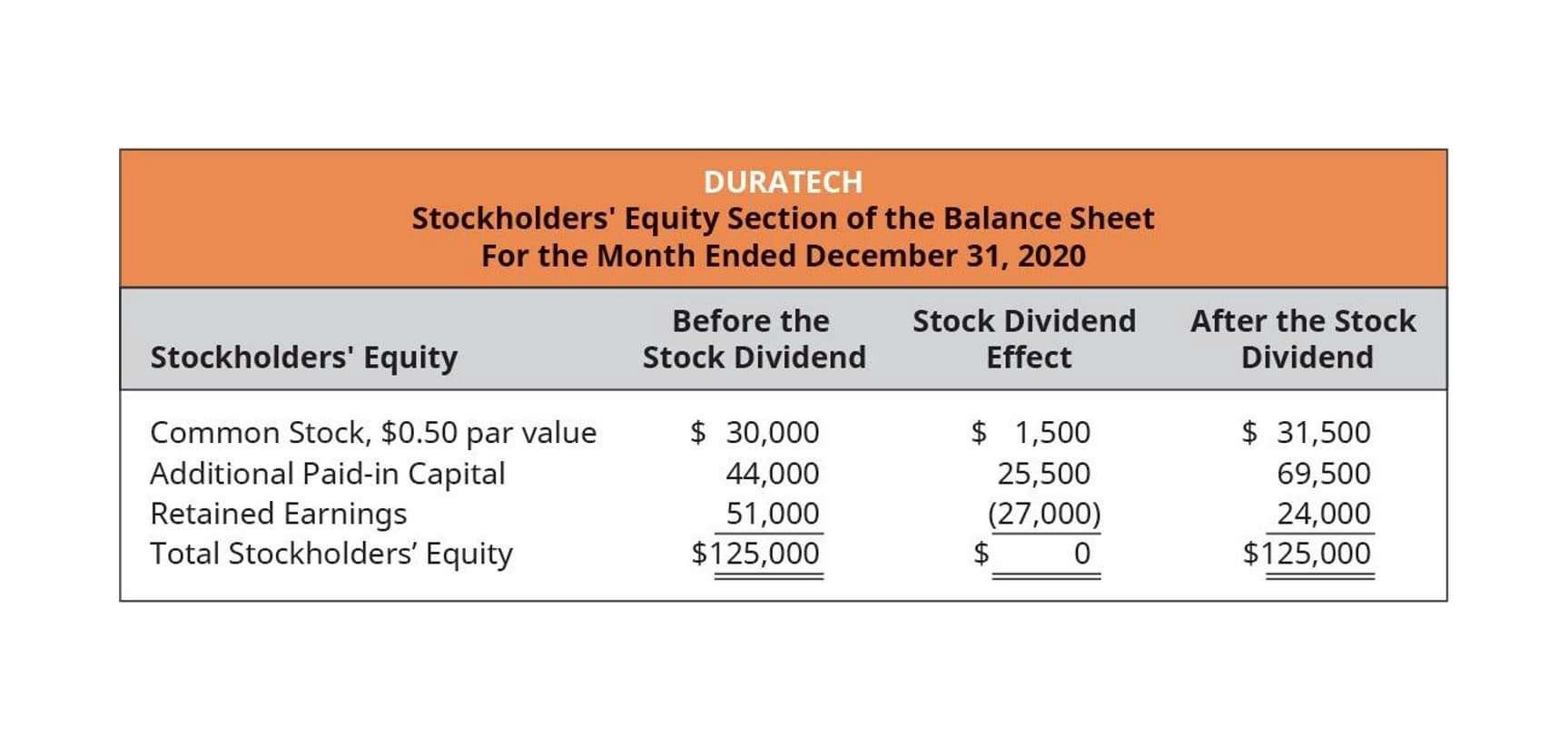Wire transfer Wikipedia

If the agency suspects that any of these scenarios are true, the sending bank has the authority to freeze the funds and stop the wire transfer from going through. Wire transfers don’t actually involve the physical exchange of cash but are settled electronically. They can be sent between banks, or through a non-bank service such as Western Union.
- But you can typically send larger amounts with a wire transfer and choose from different payment and receiving options, including cash.
- However, the fraudsters may have already transferred the money to their account, making things difficult.
- Check your bank’s online banking services for more information.
- The sender will need to know the recipient’s bank account information to transfer money from their own bank account to the recipient.
- A wire transfer is a way of moving money electronically between two banks.
Find The Best Online Banks Of 2025
Wise is a modern way of sending money abroad, which doesn’t come with the overheads of the SWIFT system. Wire transfers are a way to move money from one bank or credit union to another electronically. As wire transfers can get fairly pricey, you may want to find out about cheaper alternatives, like Wise.
How much does it cost to send money by wire transfer?

They may require additional steps and potentially will involve intermediary banks to facilitate the transfer between different banking systems and currencies. Fees and processing https://www.bookstime.com/articles/horizontal-analysis times may vary depending on the bank or financial institution being used, the amount being transferred, and the countries the accounts are in. If you’re sending money domestically via a bank wire using Fedwire or SWIFT, many wires are completed the same day—often within a few hours.

What information is needed for a wire transfer?

Domestic bank wires may take up to three days in the United States, but they are usually much faster, especially if the sender and recipient use the same banking institution. However, human error and other factors can sometimes cause delays, in extreme cases of up to three weeks. Moreover, evolutions in fintech have provided alternatives that may be even faster than wire transfers.
- This can eat up a large percentage of the transferred amount, especially for smaller transactions.
- This is one of several federal protections you have when sending international money transfers.
- You should always check with the bank or other provider you’re using to see if they have more specific requirements.
- The content on this page provides general consumer information.
- It’s common for banks to charge for sending and receiving wire payments.
How to avoid wire transfer fees?

Clients are sometimes taken by surprise when less money arrives at bank R. Contrast this with cheques, accounting where the amount transferred is guaranteed in full, and fees (if there are any) can be charged only at endpoint banks. With bank-to-bank wire transfer, each account holder must have a proven identity. Unlike credit card payments, wire transfers can generally not be recalled (though recalls are possible in some cases and jurisdictions). Information contained in wires is transmitted securely through encrypted communications methods.

Domestic wire transfers
When it comes to sending money internationally, traditional banks often fall short of delivering the value and convenience modern consumers expect. Their often times higher fees, less favorable exchange rates, and slower processing times can leave you wondering if there’s a better way. Bank transfers used internationally often depend on intermediary banks to process payments, which can introduce delays and additional fees. The ACH system, primarily designed for domestic transactions, has limited international functionality unless supplemented by services like SEPA (Single Euro Payments Area) in Europe. Bank transfers using the ACH system operate through a network connecting financial institutions, facilitating fund transfers between accounts. This method is widely used for recurring payments like salaries, mortgages, and utility bills due to its reliability and efficiency in managing routine financial transactions.
Tools like PayPal and Venmo allow domestic transfers in extremely small amounts, even faster than a bank wire, and for lower (or no) fees. Banks often charge a flat fee for wire transfers, which can range between $15 and $50. This can eat up a large percentage of the transferred amount, especially for smaller transactions. In addition, some banks place a limit on the amount that can wire transfer vs electronic transfer be wired in a single day. Domestic wire transfers can cost up to $35 per transaction or more.

